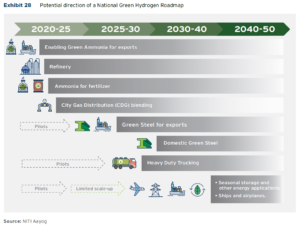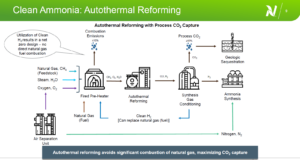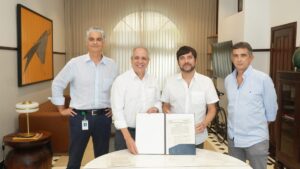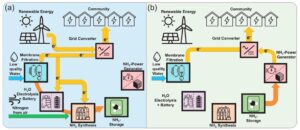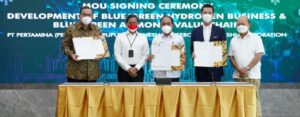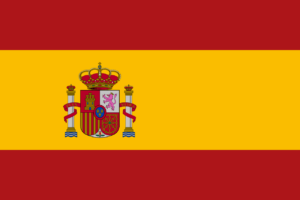Harnessing opportunities for deep decarbonisation in India: new report
A new report from Indian government think-tank NITI Aayog and the Rocky Mountain Institute has outlined the enormous opportunity for India to produce renewable hydrogen & ammonia. Ammonia establishes itself early as a key part of this transition: both via the use of renewable hydrogen for fertiliser production, and as a near-term export vector. The report envisions 160 GW of installed electrolysers by 2030, of which nearly 100 GW could be dedicated to producing ammonia. This would make India one of the world’s largest producers of renewable ammonia for export by the end of the decade.
